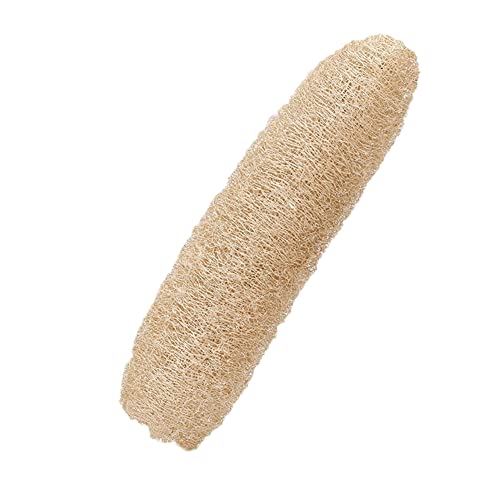- Messages
- 14,337
- Location
- Cornwall
But who wants to wear gloves I certainly don’t even in winter and definitely not in summerThere is a old story that kicks about, don't know if it is actually true, that the Americans spent millions developing a pen that would work in space as traditional pens rely on gravity. The Russians meanwhile used pencils.
The point is, the solution already exists. There are cracking gloves on the market that will do wonders for your longterm health, both specially for your hands and also as they offer a major layer of protection. No point in reinventing the pen in this case.
























